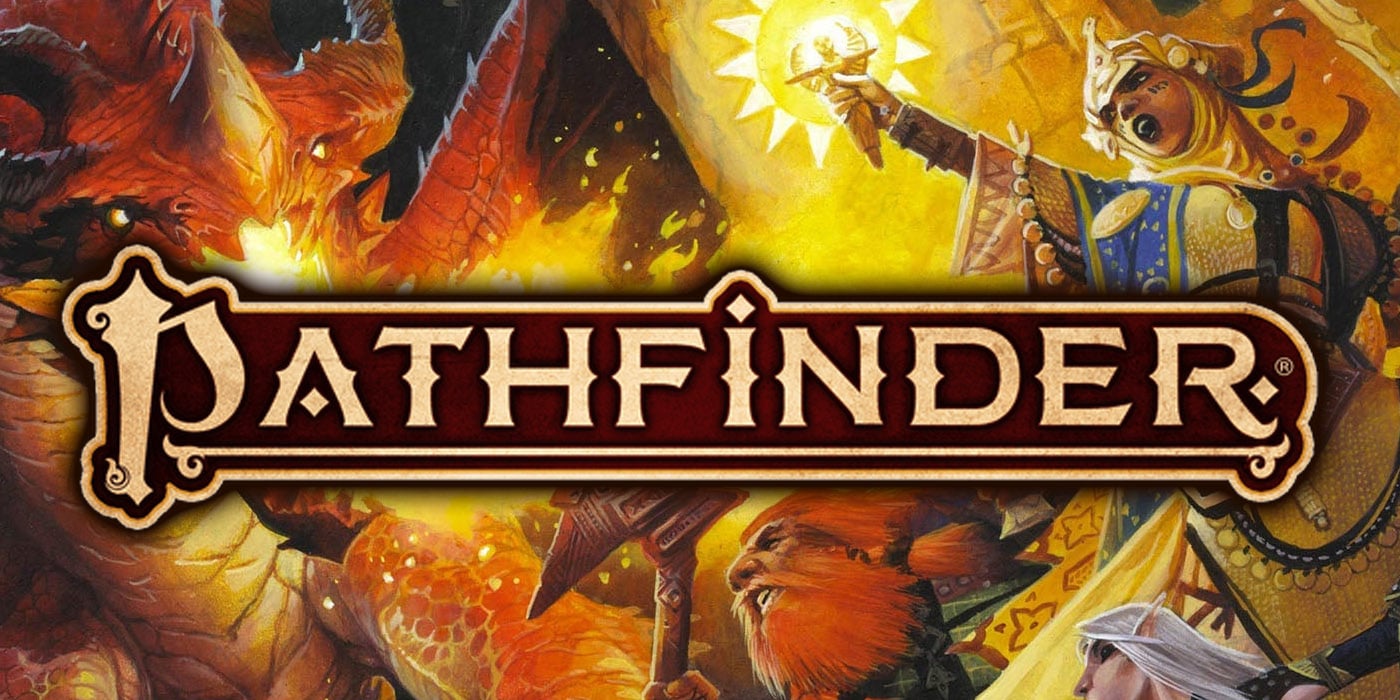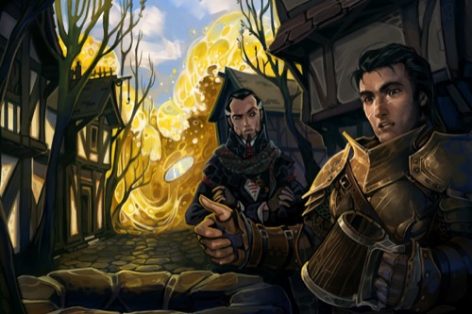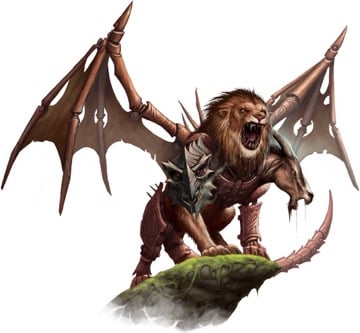Pathfinder: Get Ready to Get Spooky

This new book has a lot of options to offer GMs – check out how you can expand your campaigns.
Horror Adventures comes out in two weeks. It includes…
- Corruptions that can turn your character into a powerful monster, from a blood-drinking vampire to a savage werewolf. The only cost is your soul!
- Character options to help heroes oppose the forces of darkness, including horror-themed archetypes, feats, spells, and more!
- A detailed system to represent sanity and madness, giving you all the tools you need to drive characters to the brink and beyond.
- Tips and tools for running a genuinely scary game, along with an in-depth look at using horror’s many subgenres in a Pathfinder campaign.
- Expanded rules for curses, diseases, environments, fleshwarping, haunts, and deadly traps.
- New templates to turn monsters into truly terrifying foes, from creatures made of living wax to a stalker that can never be stopped!
- … and much, much more!
It has some fun things for GMs to add to their toolboxes.
New rules for a more nuanced fear track with seven levels, as well as for sanity and madness, allow your group to play around with the psychological consequences of the terrible events that are all too common in a horror game. The fear track has a split between lesser fear (which can cause increasing weakness but doesn’t make you lose control of your character) and greater fear (where your character is so frightened that they can’t help but act on it). Sanity is a sort of mental pool of hit points, and losing too much at once exposes you to a new madness (of increasing severity if your current sanity is below half your maximum). Of course, even if you lose sanity a little at a time, losing all your sanity causes you to completely lose your grip on reality.
The haunts section is one of the true gems of the entire book. First of all, it contain delightfully twisted haunts from CR 1/4 all the way to the incredibly deadly CR 20 twisted wish haunt (pictured here, as Valeros wishes for more ale). It also has new haunt elements like elusive and latent. But the coolest part is probably the variant haunts, which shows how to use the haunt rules to create experiences other than hauntings from dead souls that are dealt with in ways other than positive energy. The variant haunt types are dimensional instabilities (places where the veil between the Material Plane and another plane is thin), maddening influences (tied to the reality-warping influence of eldritch beings and defeated with dangerous Knowledge), magical scars (places where dozens of powerful spells were hurled together), and psychic haunts (gatherings of emotional energy that can be defeated by calming them down with Diplomacy). Each variant also comes with an example haunt.
In terms of monsters, we have a template for dread lords who rule evil domains, three hive creatures to go with the hive corruption, the Jason-like implacable stalker template (Vorhees, not Bulmahn) that can appear behind you and resurrect itself in your nightmares, the apostle kyton template for those transfigured by kytons, the trompe l’oeil (a creature that emerges from a painting), unknown (a fey that feeds off mental energies and erodes others’ psyches until they too become unknown), and the waxwork creature template for creatures made of wax.
The “Running Horror Adventures” chapter highlights the challenges of running horror games in Pathfinder before leading out with a preface about out-of-character consent to run horror games. It then explores subgenres of horror (body horror, cosmic horror, dark fantasy, ghost story, gothic horror, psychological horror, and slasher horror), explaining in each case how to tell those sorts of stories (and whether they are particularly easy or hard to tell in Pathfinder) and what sorts of threats and plots work best in a Pathfinder game themed around that subgenre. Afterwards, there’s plenty of storytelling and atmospheric tips, tricks, and techniques, both in-character and out-of-character, that can keep both players and their characters on their toes. Finally, there’s some suggestions on how to improvise rules for unusual horrific situations, with examples including being buried alive or burned at the stake.
Advertisement
Find Out More
Are you ready to add some horror to your campaigns?





